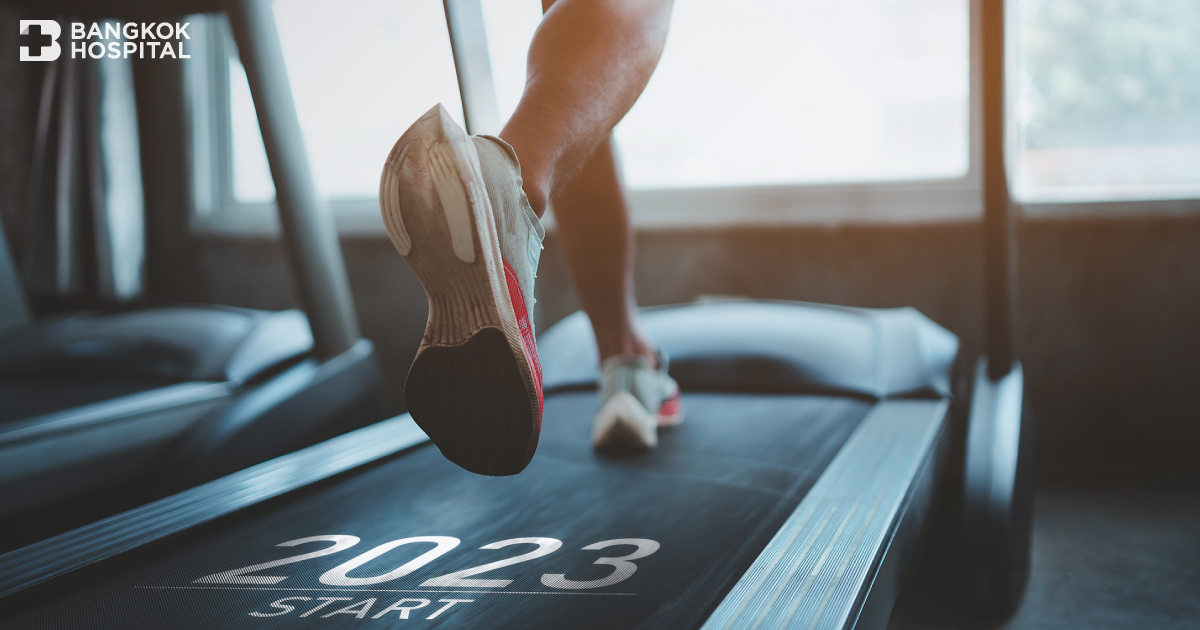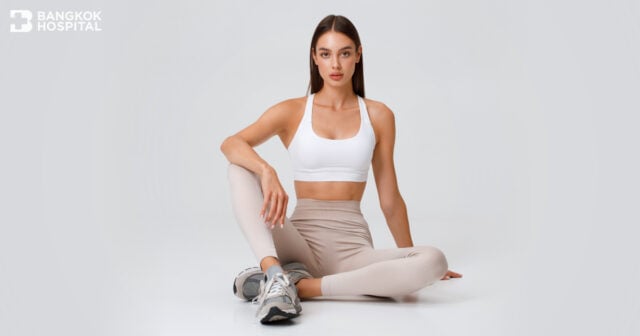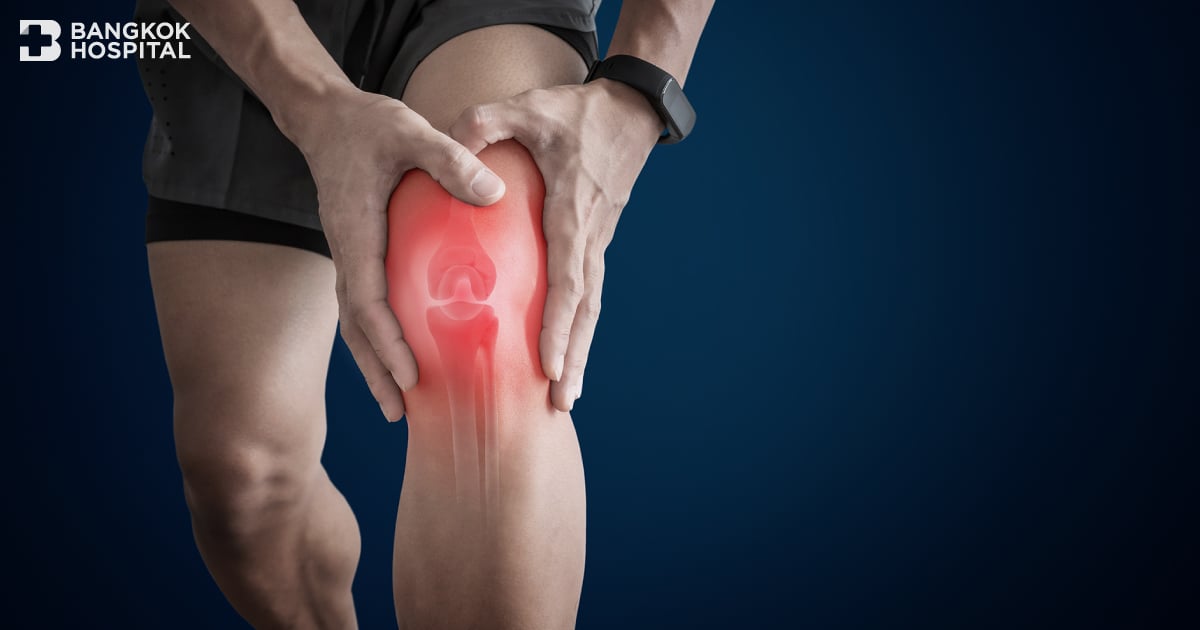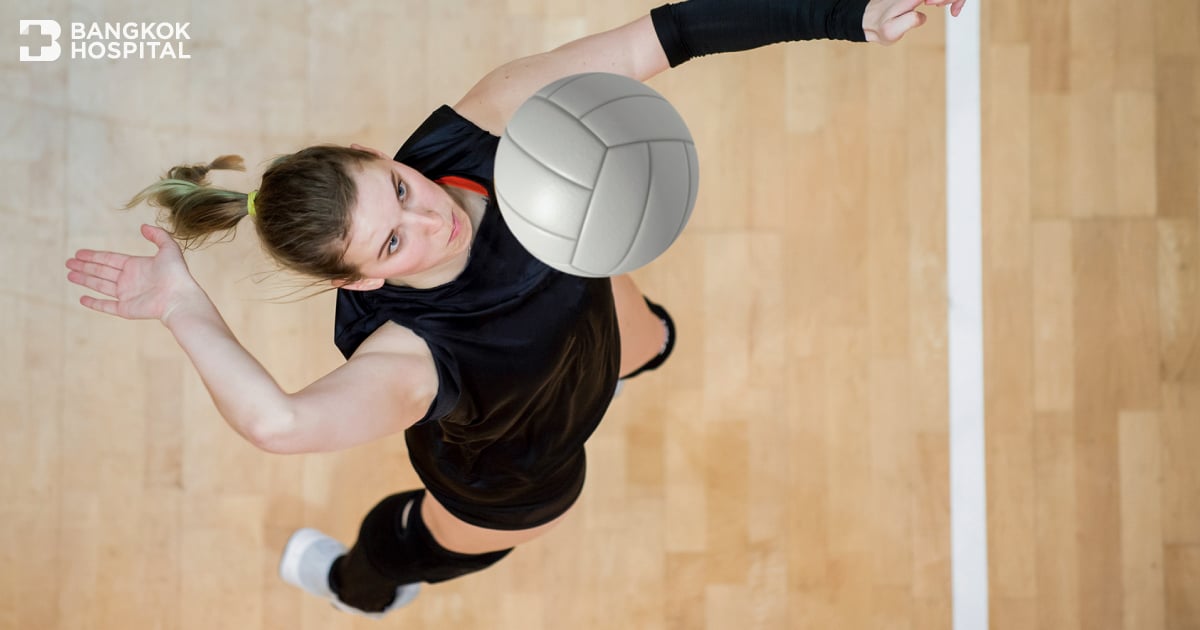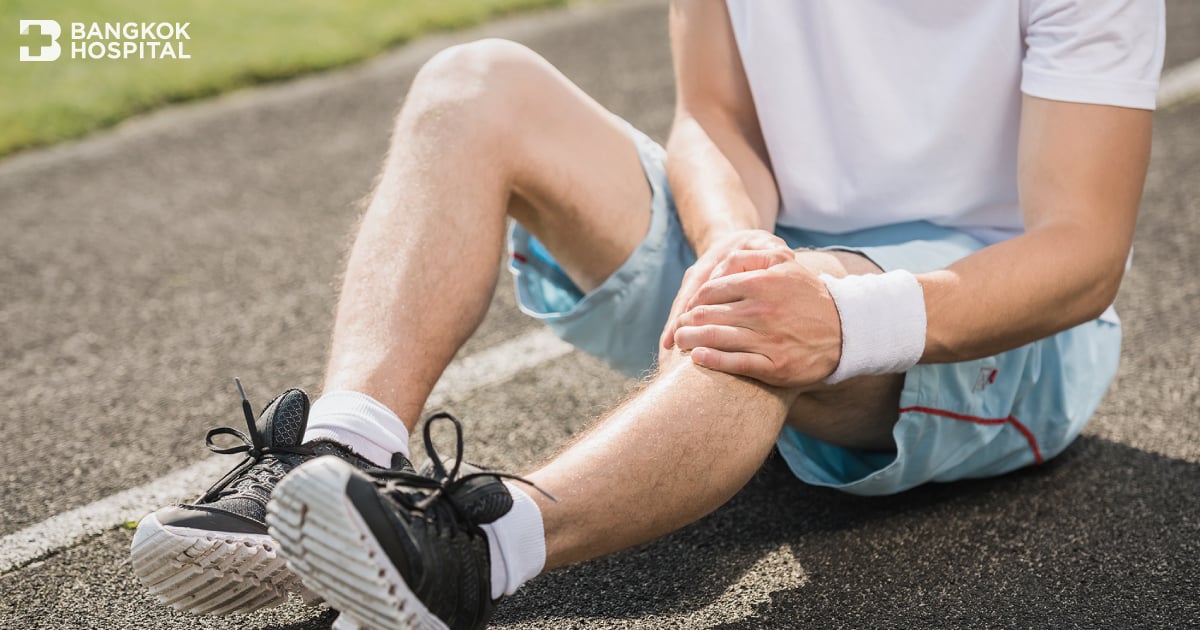Everybody knows that exercise is good for your heath. So, it is not surprising that fitness lovers are always in shipshape. Since COVID-19 has already become part of our lives, fitness lovers should not miss these 2023 fitness trends.
American College of Sports Medicine (ACSM) – a sports medicine and exercise science membership organization with more than 50,000 members and certified professionals from 90 countries – has conducted surveys of fitness trends since 2006 and found that the trends differ in each phase of COVID-19.
Before COVID-19
In 2018, before COVID-19 broke out, the most popular fitness trend was High-Intensity Interval Training (HIIT) that involved short bursts of intense exercises alternated with low intensity recovery periods for a total of about 10 – 30 minutes. Followed respectively by Group Training and Wearable Technology, both of which emphasized on body weight training and strength training.
During the Pandemic
At the beginning of 2019, before the start of COVID-19 pandemic, the popularity of Wearable Technology increased while Group Training, HIIT and body weight training were still among the top ranks. However, by the time COVID-19 became a global pandemic in 2020, the top-hit trend interestingly was online-exercises with trainers.
Living with COVID-19
After COVID-19 has become an endemic with which everyone has to cope, the trends of online training and Group Training have declined, while HIIT continues to maintain its popularity.
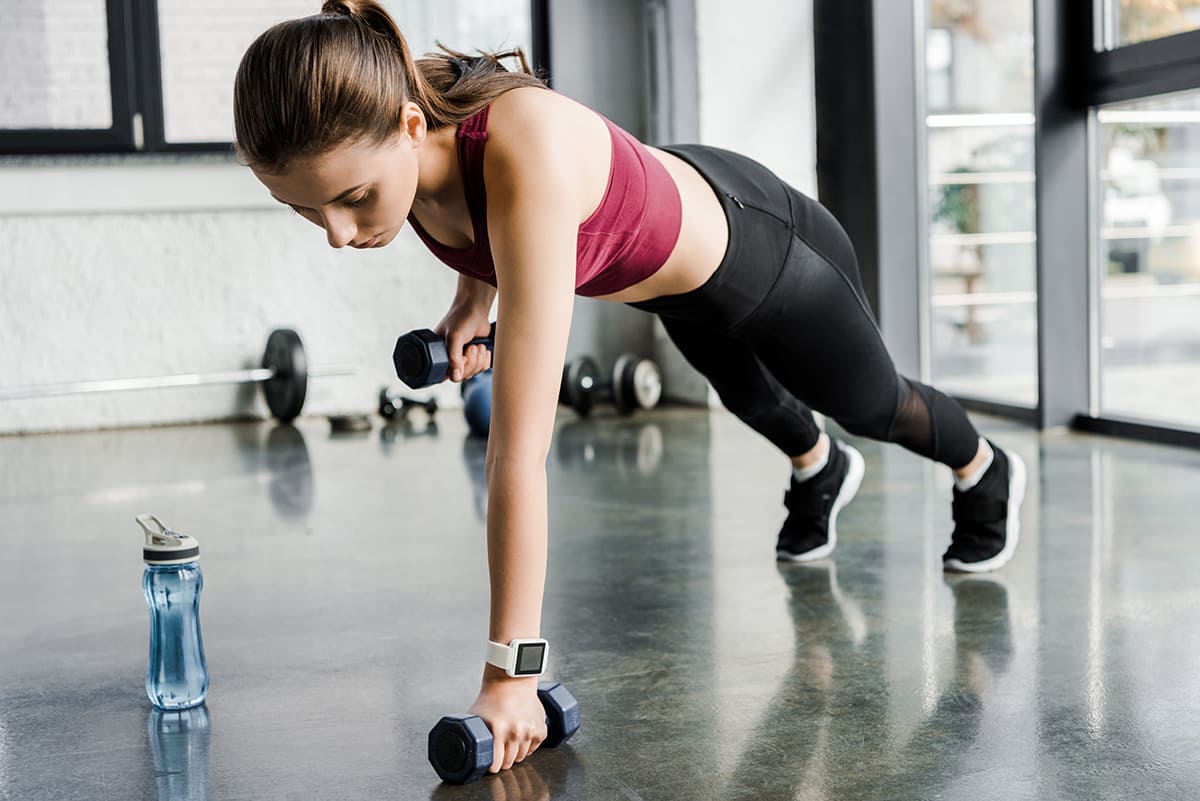
Fitness Trends in 2023 for Fitness Lovers
ACSM had conducted a survey for the 2023 Trends by asking 125,940 people around the world, including 30,000 ACSM certified professionals. The findings may differ slightly by country, but the overall results can be summarized as followed:
1) Wearable Technology. This includes any portable device that can monitor body movements such as fitness tracker, smart watch, heart monitor, etc.
2) Strength Training with Free Weights. These are activities that incorporate the use of free-standing weight such as dumbbells and barbells, etc.
3) Body Weight Training. This type of training utilizes body weight as resistance – for example, planking, push-up and squat jump, etc.
4) Fitness Program for Older Adults. Since we are becoming an aging society, special fitness programs for seniors are a necessity. Their aims are to build muscles strength, prevent sarcopenia and falls, as well as to promote healthy living and longevity.
5) Functional Fitness Training. This type of training is designed to strengthen several muscle groups to work together effectively as they support our daily movements. The exercises will help us move easier and safer during the normal activities – such as pulling, carrying, walking, and running – by reducing the risk of injuries.

6) Outdoor Activities. These are outdoor group activities such as biking, walking or hiking led by health or fitness experts.
7) High-Intensity Interval Training. This is the type of training that incorporates a short burst of intense exercise and a low intensity rest period alternately for 10 – 30 minutes. It helps burn fat effectively.
8) Exercise for Weight Loss. This is a health program that combines exercises together with dieting and cooking classes.
9) Employing Certified Fitness Professionals. This involves hiring certified health and fitness professionals to help design appropriate exercise programs for the desired results.
10) Personal Training. This is a one-on-one program with a trainer that includes goal-setting, fitness assessment and proper exercise routines.
However, whichever kind of exercise you choose, you need to consider possible injuries during an exercise, proper length of an exercise, and age-appropriate program, to remain healthy and fit for a long time to come.
Ref:
Worldwide Survey of Fitness Trends for 2023, American College of Sports Medicine (ACSM), ACSM’s Health & Fitness Journal

